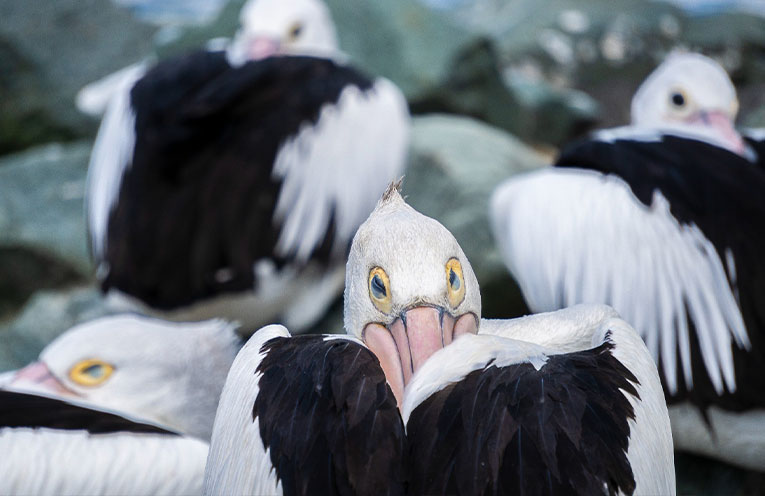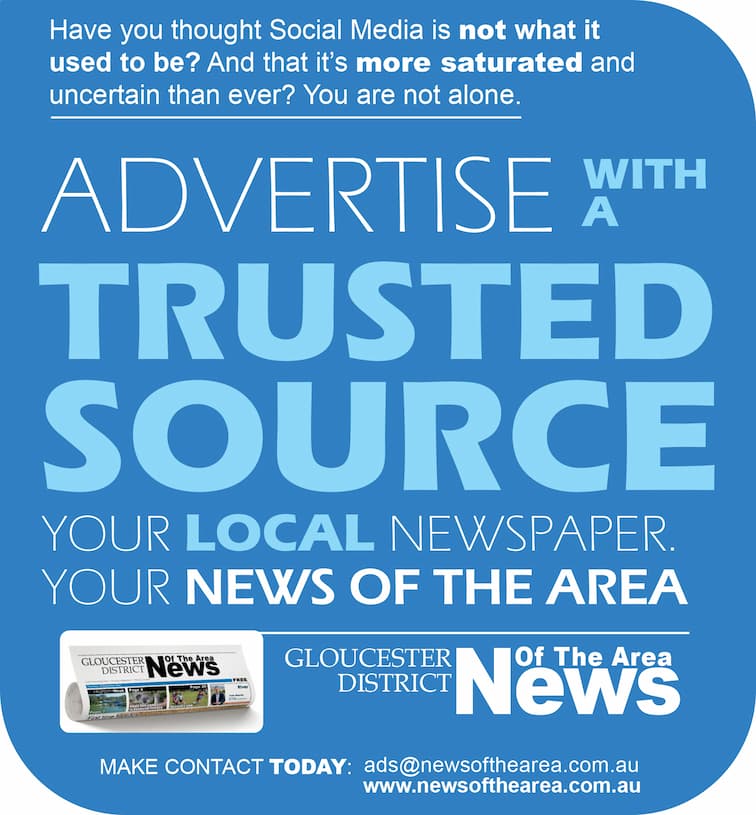MIDCOAST Council has released its annual Waterway and Catchment Report Card.
Water sampling is undertaken across the LGA’s six major catchments – Manning River Estuary, Wallis Lake, Karuah River and The Branch Estuary, Myall Lakes, Kappinghat and Smiths Lake – to check in on their health and allow for a greater understanding of the patterns, trends and cycles of our waterways.
“Each year between October and April we work with the Department of Climate Change, Energy, the Environment and Water to undertake monitoring in our waterways,” said Council’s Manager Natural Systems, Gerard Tuckerman.
“We assess the changes to algae growth and water clarity at 21 sites, and the results are presented as a Report Card with scores from A-F.”
The results of the Report Card are significantly influenced by what we do in our catchments, as land use, urbanisation, agriculture, and industrial practices all interact with natural water systems.
They can also be heavily influenced by weather patterns as has been seen over the last six years with periods of drought, bushfire and flooding.
“The results of the 2025 Report Card continue to be influenced by the amount of runoff from the catchment,” said Dr Rebecca Swanson from the Department Climate Change, Energy, the Environment and Water (DCCEEW).
“During the 2025 sampling season, rainfall was slightly below average.
“However, rainfall in January 2025 was two times higher than the long-term average which impacted the results.”
In 2025 three sites – Browns Creek, Mid Wallamba Estuary and Wallamba Cove – had improved ecological health when compared to last year’s results.
The remaining 17 sites maintained the same results as last year; these results were mainly driven by reduced algal levels due to shorter residence times which is common in periods of rainfall.
No sites saw a reduction in their grade during 2025.
Manning River Estuary
The Upper, Mid and Lower Manning Estuaries remained in good condition for the fourth consecutive year.
Water clarity remained good in the Mid and Upper Estuaries and improved to excellent in the Lower Estuary.
Algal growth was in the good range throughout the estuaries, possibly due to shorter residence times preventing algal growth.
Farquhar Inlet was in good condition again this year, with water clarity dropping a grade due to impacts from catchment runoff from January through to March.
Wallis Lake
Charlotte Bay remained in excellent condition with perfect scores for algal growth and water clarity.
Wallis Lake and Pipers Creek retained their good grades this year due to excellent water clarity and generally low levels of algal growth.
Coolongolook Estuary retained its good condition due to less algal growth and good water clarity.
Mid Wallamba Estuary and Wallamba Cove both improved to good condition this year.
Karuah River and The Branch Estuary
Karuah and The Branch Estuaries were in good condition again this year with good grades for algal growth and water clarity.
Water clarity in the Karuah Estuary dropped a grade, probably due to sediment inputs in catchment runoff in the wetter months.
Algal growth improved a grade, which may be due to shorter residence times for algae to grow in the estuary as the result of increased flows.
Myall Lakes
Myall Lakes remained in excellent condition for the seventh consecutive year, while Bombah Broadwater retained its good condition this year.
This was despite higher levels of algal growth compared to last year.
Myall Lakes and Bombah Broadwater both had excellent water clarity again this year.
Kappinghat
The Khappinghat Estuary was in good condition again this year with good water clarity and low levels of algal growth in the good range.
Smiths Lake
Smiths Lake retained its good grade this year continuing the water quality trend of recent years.
There were lower levels of algal growth in the estuary compared to last year, while water clarity was maintained.
Sampling for the 2025 report card had already concluded prior to the May 2025 flood event, so is not included in the results. Council is currently in the process of implementing the Manning River Coastal Management Program as well as developing a number of similar Coastal Management Programs which will set the direction for the future of our estuaries, outlining actions required to protect our estuaries and coast.
For more information about the Southern Estuaries Coastal Management Plan, visit https://haveyoursay.midcoast.nsw.gov.au/oursouthernestuaries.
More information about the Waterways and Catchment Report Card can be found at midcoast.nsw.gov.au/reportcard.
The Report Card is supported by the New South Wales Government through its Coast and Estuary Program and Department of Climate Change, Energy, the Environment and Water.




